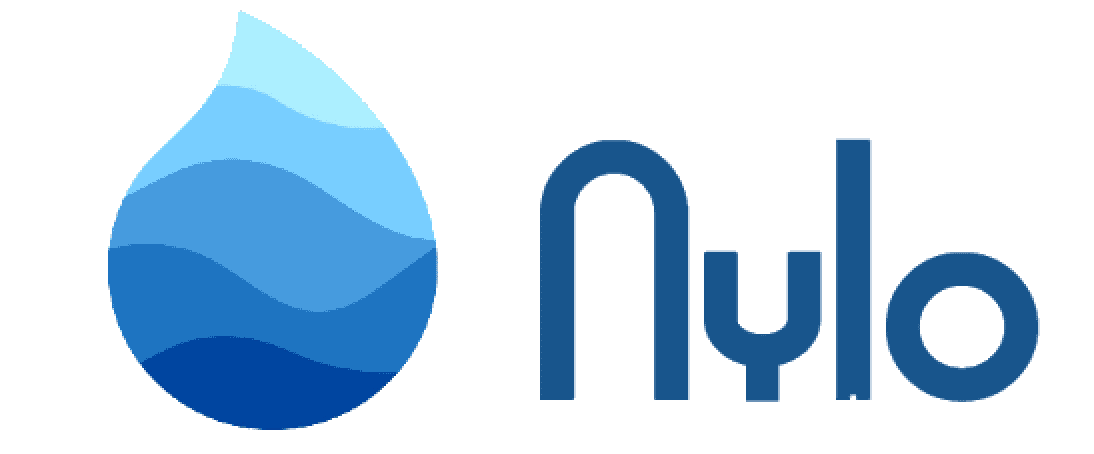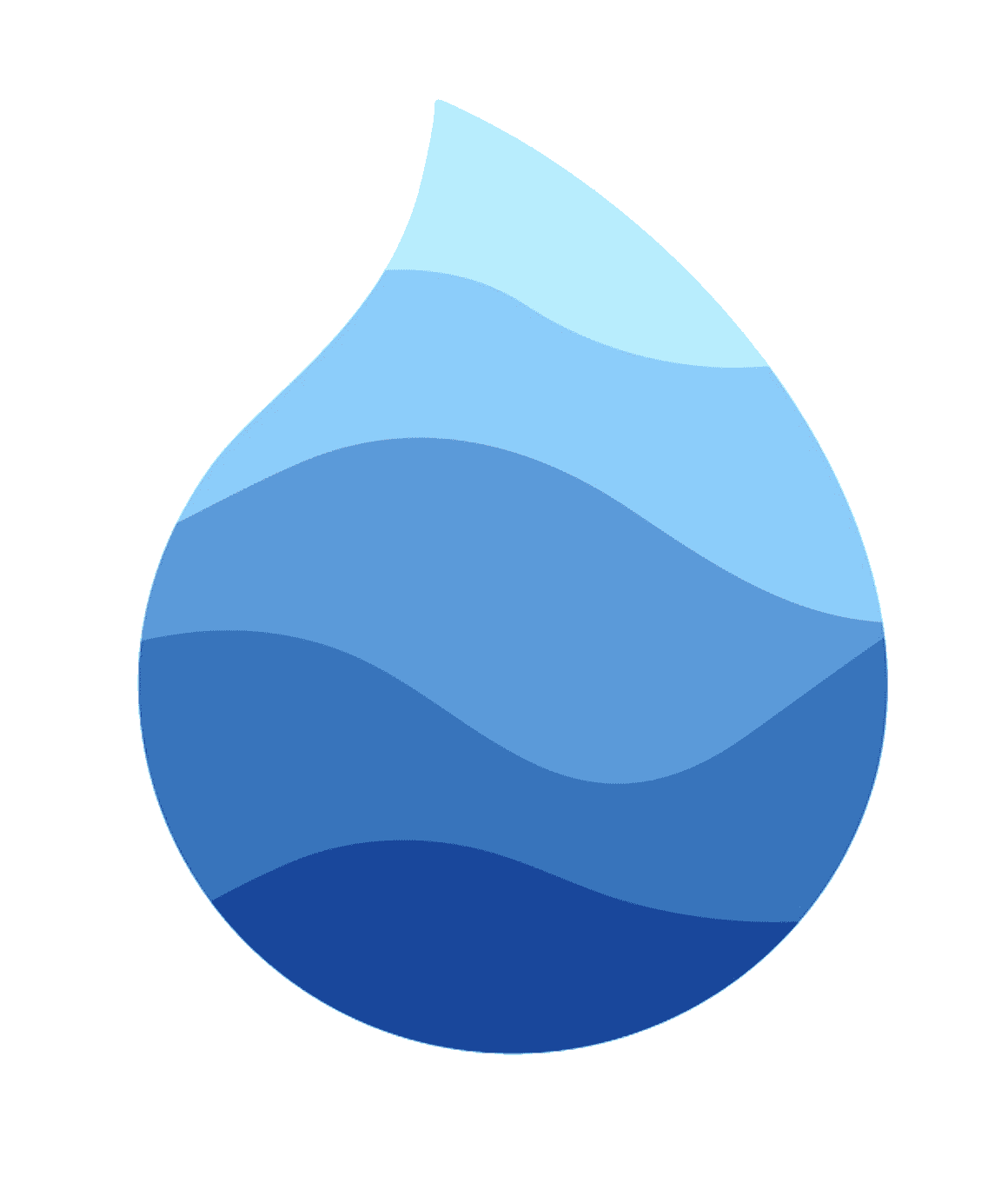Router
- Introduction
- Basics
- Features
## Introduction
Routes help us navigate users around our apps. They provide a journey usually from the (/) index page.
You can add routes inside the lib/routers/router.dart file. Routes are built with a route name e.g. “/settings” and then provide the widget that you want to show.
appRouter() => nyRoutes((router) {
...
router.route("/settings", (context) => SettingsPage());
// add more routes
// router.route('/home', (context) => HomePage());
});
You may also need to pass data from one view to another. In Nylo, that’s possible using the NyStatefulWidget. We’ll dive deeper into this to explain how it works.
Adding routes
Here's the most basic form of adding a new route to your project.
File: /lib/routes/router.dart
appRouter() => nyRoutes((router) {
...
router.route("/settings-page", (context) => SettingsPage());
// My new route
router.route('/home', (context) => HomePage());
});
Navigating to pages
You can navigate to new pages using the Navigator class like in the example below.
void _pressedSettings() {
Navigator.pushNamed(context, "/settings-page");
}
You can also navigate using the routeTo() helper if your widget extends the NyState class.
import 'package:nylo_framework/nylo_framework.dart';
class SettingsPage extends StatefulWidget {
@override
_SettingsPageState createState() => _SettingsPageState();
}
class _SettingsPageState extends NyState<SettingsPage> {
void _pressedSettings() {
routeTo("/settings-page");
}
...
Multiple routers
If your routes/router.dart file is getting big or you need to separate your routes, you can. First, define your routes in a new file like the below example.
Example new routes file: /lib/routes/dashboard_router.dart
NyRouter dashboardRouter() => nyRoutes((router) {
Add your routes here
router.route("/account", (context) => AccountPage());
router.route("/account/update", (context) => AccountUpdatePage());
});
Then, open /lib/app/providers/route_provider.dart and add the new router.
import 'package:flutter_app/routes/router.dart';
import 'package:flutter_app/routes/dashboard_router.dart';
import 'package:nylo_framework/nylo_framework.dart';
class RouteProvider implements NyProvider {
boot(Nylo nylo) async {
nylo.addRouter(appRouter());
nylo.addRouter(dashboardRouter()); // new routes
return nylo;
}
}
...
Passing data to another page
In this section, we'll show how you can pass data from one widget to another.
At times it can be useful to send data using the Navigator class but you can use the routeTo helper too.
// HomePage Widget
void _pressedSettings() {
Navigator.pushNamed(context, "/settings-page", arguments: "Hello World");
// or
routeTo("/settings-page", data: "Hello World");
}
...
// SettingsPage Widget (other page)
class _SettingsPageState extends NyState<SettingsPage> {
...
@override
init() async {
print(widget.data()); // Hello World
}
More examples
// Home page widget
class _HomePageState extends NyState<HomePage> {
_showProfile() {
User user = new User();
user.firstName = 'Anthony';
routeTo("/profile-page", data: user);
}
...
// Profile page widget (other page)
class _ProfilePageState extends NyState<ProfilePage> {
@override
init() {
User user = widget.data();
print(user.firstName); // Anthony
}
Query Parameters
When navigating to a new page, you can provide query parameters. Let's take a look.
// Home page
Navigator.pushNamed(context, '/profile?user=7'); // navigate to profile
...
// Profile Page
@override
init() async {
print(widget.queryParameters()); // {"user": 7}
}
As long as your page widget extends the NyStatefulWidget and NyState class then you can call widget.queryParameters() to fetch all the query parameters from the route name.
// Example page
Navigator.pushNamed(context, '/home?hello=world&say=I%20love%20code');
...
// Home page
class MyHomePage extends NyStatefulWidget {
...
}
class _MyHomePageState extends NyState<MyHomePage> {
@override
init() async {
print(widget.queryParameters()); // {"hello": "World", "say": "I love code"}
}
Query parameters must follow the HTTP protocol E.g. /account?userId=1&tab=2
Page Transitions
You can add transitions when you navigate from one page by modifying your router.dart file.
import 'package:page_transition/page_transition.dart';
appRouter() => nyRoutes((router) {
// bottomToTop
router.route(
"/settings-page", (context) => SettingsPage(),
transition: PageTransitionType.bottomToTop
);
// leftToRightWithFade
router.route(
'/home', (context) => HomePage(),
transition: PageTransitionType.leftToRightWithFade
);
});
Available transitions:
- PageTransitionType.fade
- PageTransitionType.rightToLeft
- PageTransitionType.leftToRight
- PageTransitionType.topToBottom
- PageTransitionType.bottomToTop
- PageTransitionType.scale (with alignment)
- PageTransitionType.rotate (with alignment)
- PageTransitionType.size (with alignment)
- PageTransitionType.rightToLeftWithFade
- PageTransitionType.leftToRightWithFade
- PageTransitionType.leftToRightJoined
- PageTransitionType.rightToLeftJoined
You can also apply a transition when navigating to a new page in your project.
// Home page widget
class _HomePageState extends NyState<HomePage> {
_showProfile() {
routeTo(
"/profile-page",
pageTransition: PageTransitionType.bottomToTop
);
}
...
Nylo uses the page_transition under the hood to make this possible.
Navgiation Types
When navigating you can specify one of the following if you are using the routeTo helper.
- NavigationType.push - push a new page to your apps' route stack.
- NavigationType.pushReplace - Replace the current route which disposes of the previous route once the new route has finished.
- NavigationType.popAndPushNamed - Pop the current route off the navigator and push a named route in its place.
// Home page widget
class _HomePageState extends NyState<HomePage> {
_showProfile() {
routeTo(
"/profile-page",
navigationType: NavigationType.pushReplace
);
}
...
Navigating back
Once you're on the new page, you can use the pop() helper to go back to the existing page.
// SettingsPage Widget
class _SettingsPageState extends NyState<SettingsPage> {
_back() {
this.pop();
// or
Navigator.pop(context);
}
...
If you want to return a value to the previous widget, provide a result like in the below example.
// SettingsPage Widget
class _SettingsPageState extends NyState<SettingsPage> {
_back() {
pop(result: {"status": "COMPLETE"});
}
...
// Then get the value from the widget before it using the `onPop` parameter
// HomePage Widget
class _HomePageState extends NyState<HomePage> {
_viewSettings() {
routeTo('/settings', onPop: (value) {
print(value); // {"status": "COMPLETE"}
});
}
...

